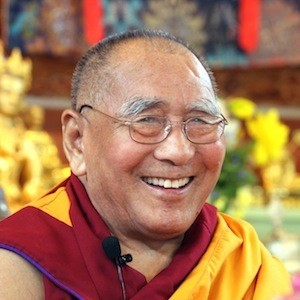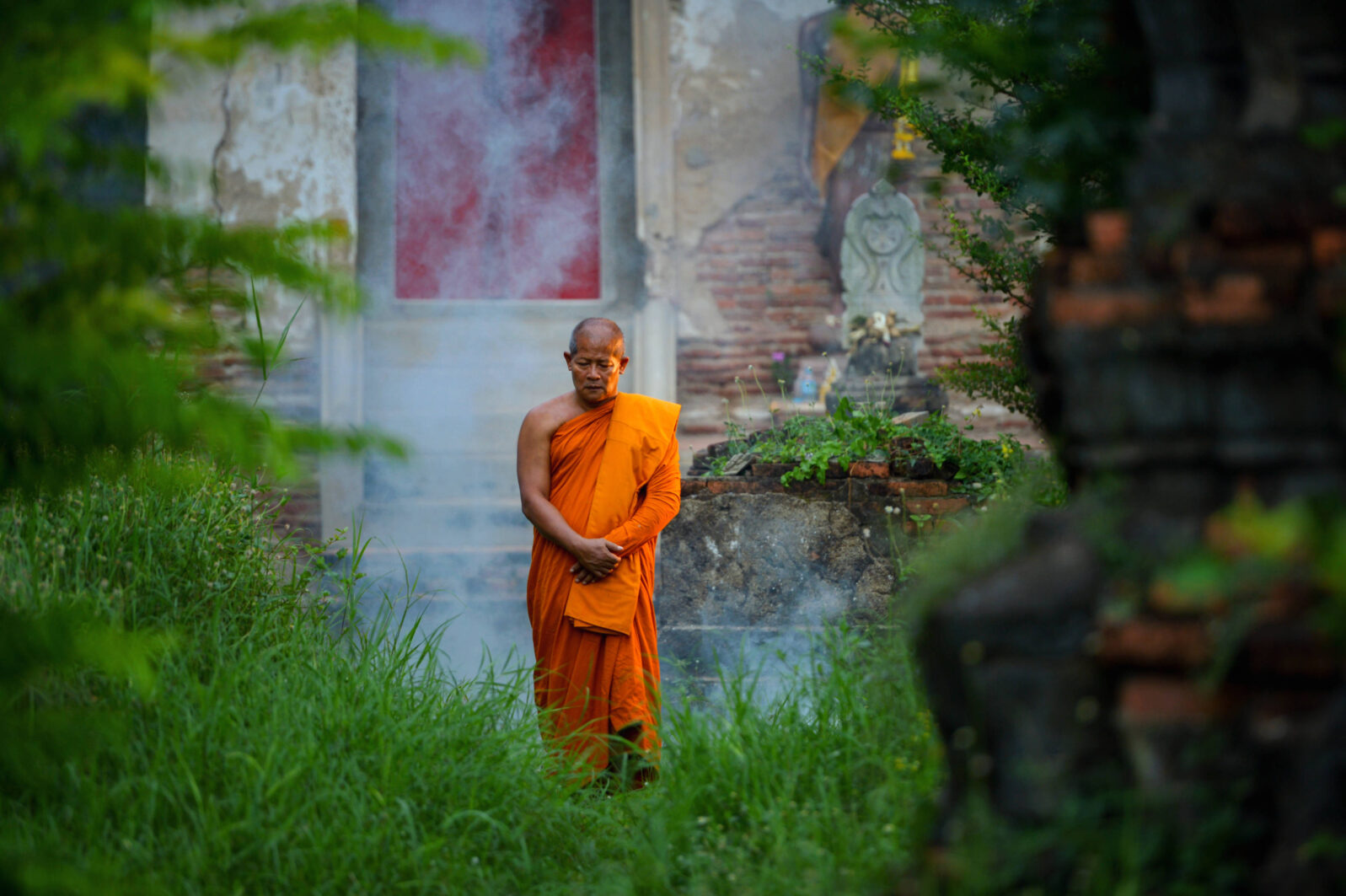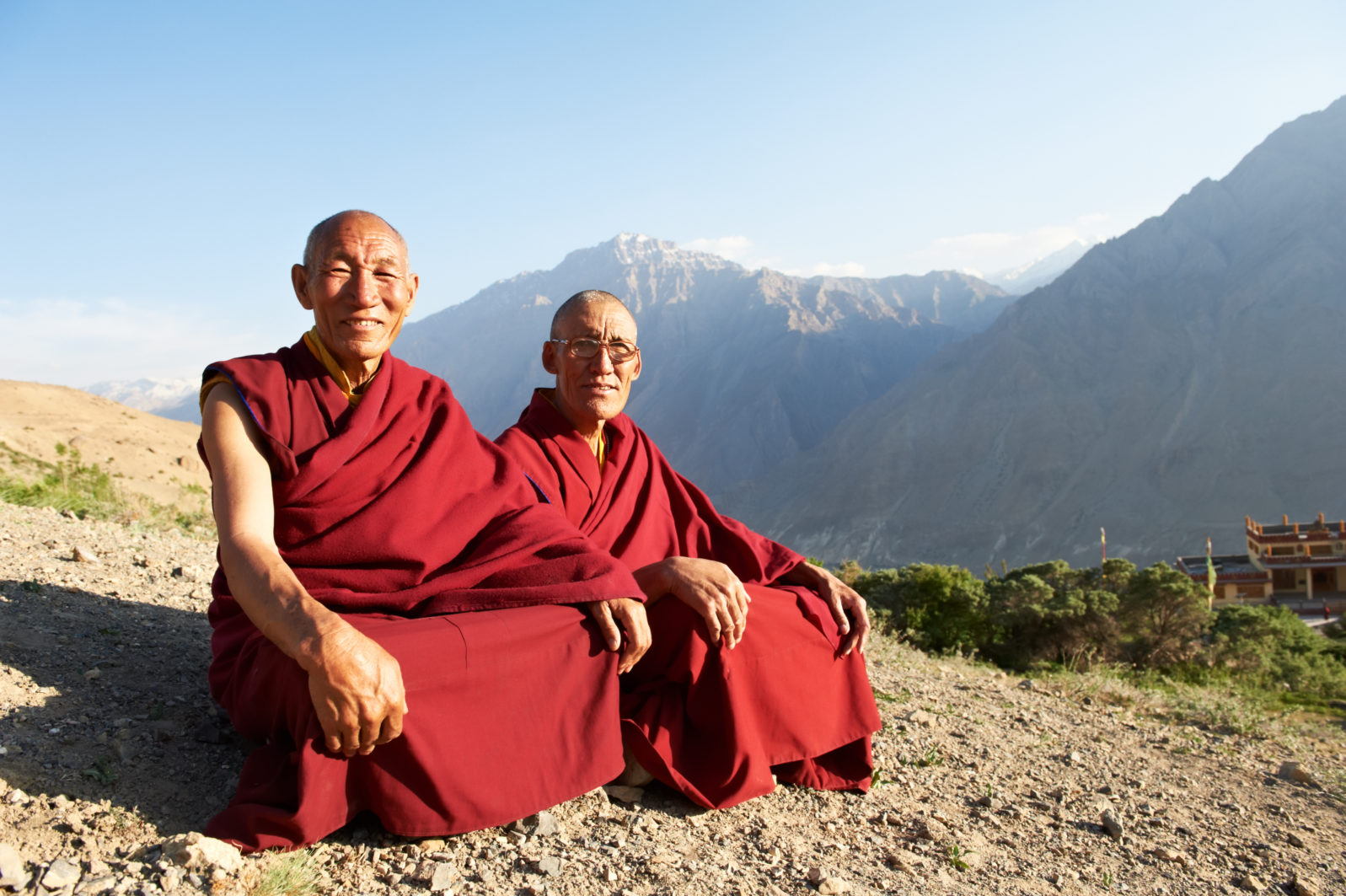Researchers: Buddhist Monks’ Bodies Decay Very Slowly at Death
According to traditional meditation lore, they are in a meditative state (thukdam) until their consciousness is clear; only then does the body begins to decayWe are told that one of the more remarkable effects of a lifetime of meditation can be a comparatively slow decay process for the body. Recent evidence for that emerged in the death of Tibetan Buddhist monk Geshe Lhundub Sopa, August 28, 2014, at the age of 91.

Sopa, who had been tutor to the Dalai Lama in Tibet, moved to Wisconsin in 1967. There he co-founded the Deer Park Buddhist Center and taught South Asian Studies at the University of Wisconsin, becoming a friend of prominent American neuroscientist Richard J. Davidson.
According to Daniel Burke, former religion editor for CNN, Davidson recalls the scene as follows:
Three days after his heart stopped, Geshe Lhundub Sopa was leaned upright against a wall, his odorless body perfectly poised, his skin fresh as baked bread. He looked like he was meditating …
By conventional Western standards, Sopa died on August 28, 2014. Five days later, and two days after Davidson’s initial visit, the neuroscientist returned to Deer Park and observed his friend’s body a second time. “There was absolutely no change. It was really quite remarkable,” he said.
Daniel Burke, “The Thukdam Project” at Tricycle (July 28, 2021)
Tibetan Buddists believe that such monks are not dead yet but in a deep, final meditative state called thukdam during which consciousness is gradually transformed into a clear awareness (“clear light”), after which the body begins to decay. After seven days, Sopa’s body started to decay and he was cremated.
Davidson and colleagues have been researching the phenomenon of thukdam using the tools of neuroscience.
Curiously, their initial paper, published earlier this year, did not turn up any brain wave activity in deceased monks. Here’s the Abstract:
Recent EEG studies on the early postmortem interval that suggest the persistence of electrophysiological coherence and connectivity in the brain of animals and humans reinforce the need for further investigation of the relationship between the brain’s activity and the dying process. Neuroscience is now in a position to empirically evaluate the extended process of dying and, more specifically, to investigate the possibility of brain activity following the cessation of cardiac and respiratory function. Under the direction of the Center for Healthy Minds at the University of Wisconsin-Madison, research was conducted in India on a postmortem meditative state cultivated by some Tibetan Buddhist practitioners in which decomposition is putatively delayed. For all healthy baseline (HB) and postmortem (PM) subjects presented here, we collected resting state electroencephalographic data, mismatch negativity (MMN), and auditory brainstem response (ABR). In this study, we present HB data to demonstrate the feasibility of a sparse electrode EEG configuration to capture well-defined ERP waveforms from living subjects under very challenging field conditions. While living subjects displayed well-defined MMN and ABR responses, no recognizable EEG waveforms were discernable in any of the tukdam cases.
Dylon T. Lott et al., No Detectable Electroencephalographic Activity After Clinical Declaration of Death Among Tibetan Buddhist Meditators in Apparent Tukdam, a Putative Postmortem Meditation State. Front. Psychol., 28 January 2021 | https://doi.org/10.3389/fpsyg.2020.599190. The paper is open access.
In short, whether the monks are meditating post-mortem or not, it is unclear why their bodies don’t decay for such a length of time. Generally, decomposition sets in within a few hours after death.
There is a practical side to this:
Western medicine should already shift its conventional definition of death, [John] Dunne and Davidson argue. As Tibetan Buddhists have long believed, biological death is more like a process—or a journey through various states—than a simple on/off switch.
Daniel Burke, “The Thukdam Project” at Tricycle (July 28, 2021)
Of course, the phenomenon raises questions about the nature of consciousness:
As the Dalai Lama said: “What science finds to be nonexistent we should all accept as nonexistent, but what science merely does not find is a completely different matter. An example is consciousness itself. Although sentient beings, including humans, have experienced consciousness for centuries, we still do not know what consciousness actually is: its complete nature and how it functions.”
Robby Berman, “The strange case of the dead-but-not-dead Tibetan monks” at Big Think (August 5, 2021)

It’s worth recalling that researchers have already demonstrated that Tibetan monks can change their metabolism. Far from disproving that, science has now documented it.For decades, it was assumed that claims that meditating monks in the Buddhist tradition could greatly raise their temperature or slow their metabolism were exaggerations that would yield to a scientific explanation. The scientific explanation turned out to be that they can do exactly that.
Thukdam is a bigger challenge but it points to the possibility that consciousness is not tied to the brain in quite the way that we have thought.
You may also wish to read:
The brain does not create the mind; it constrains it. Near-death experiences in which people report seeing things that are later verified give some sense of how the mind works in relation to the brain.
A cynical neurosurgeon colleague told Michael Egnor that he could not account for how a child patient’s NDE account described the operation accurately.
and
Your mind vs. your brain: Ten things to know
